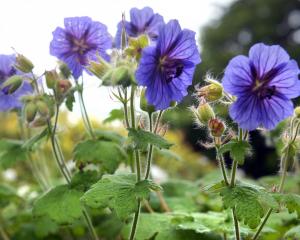The wonders of autumn are truly a sight to behold. From the miniscule that appear from beneath the soil surface to the permanent structures of the largest of trees above.
Emerging from the soil are some of the mushrooms, the visual and often colourful fruiting bodies of organisms that live below the surface. However, it is in the soil where the main body of the mushroom exists taking on the form of large, interconnected web-like networks of cells known as mycelium. These mycelium networks can extend over large areas of soil, many establish beneficial connections with plants and trees, while others may in time have more negative effects. But regardless of them being friend or foe none can deny the impacts and bold colours that some like the poisonous fly agaric,
Amanita muscaria have as they emerge from the soil and develop to full size.
At the other end of the scale, the deciduous trees combine to create the single most colourful event of the year. The autumn leaf colour of the different species depends on the pigments contained within the leaves and the persistence of these pigments as the leaves age giving the spectacular displays of reds in trees such as Acer palmatum, the butter yellow of Ginkgo biloba and mixed hues of reds oranges and yellows as seen in Nyssa sylvatica. Furthermore, it is hard not to be taken in on a dry autumn day by the beauty of the colourful tapestry of leaves smothering lawns and pathways and in the gentlest of breezes shifting in unison to reveal a new mix of colour as they settle back on the ground.
Garden life is produced by Dunedin Botanic Garden













